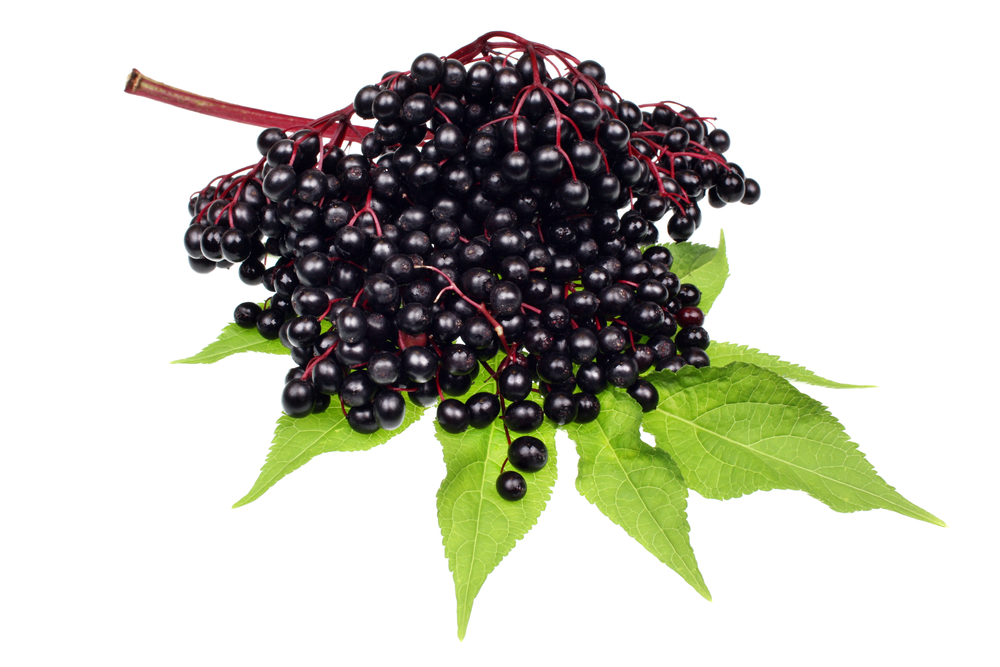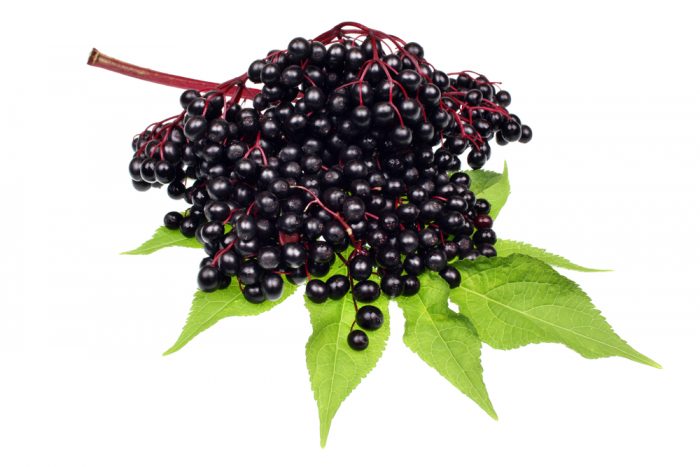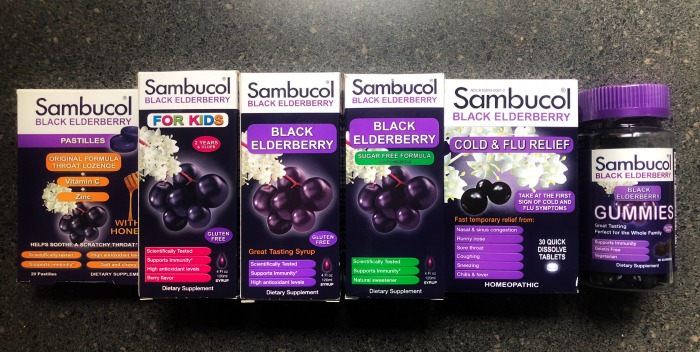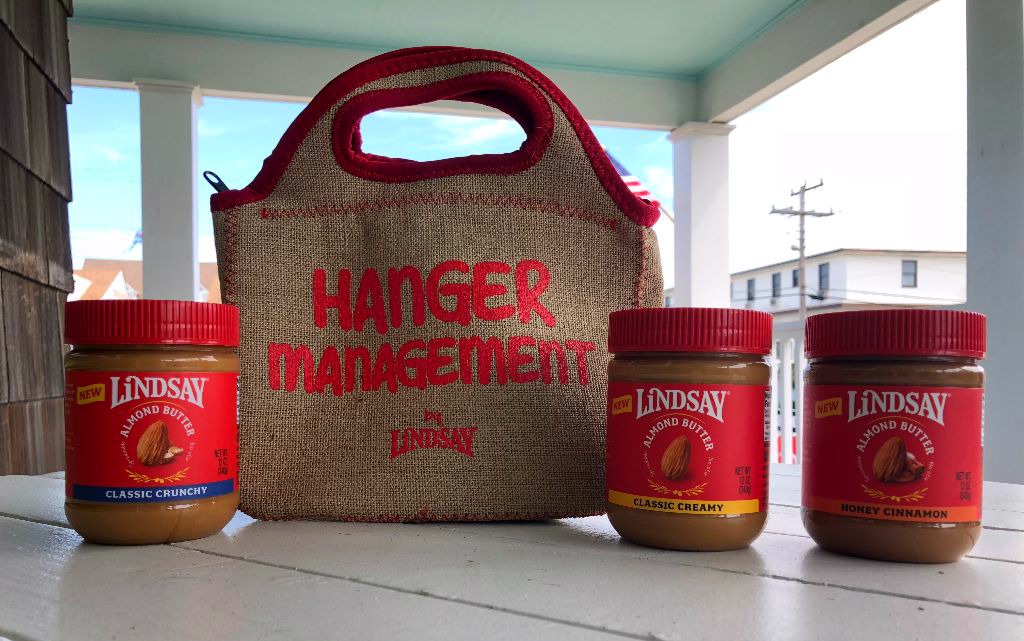It’s heeeere: allergy season. Pollen, pollen everywhere and all the sneezing and itchy red eyes (or in my case, pinkeye and clogged ears) that entails. Here are some ways to find allergy symptom relief without resorting to daily medication.
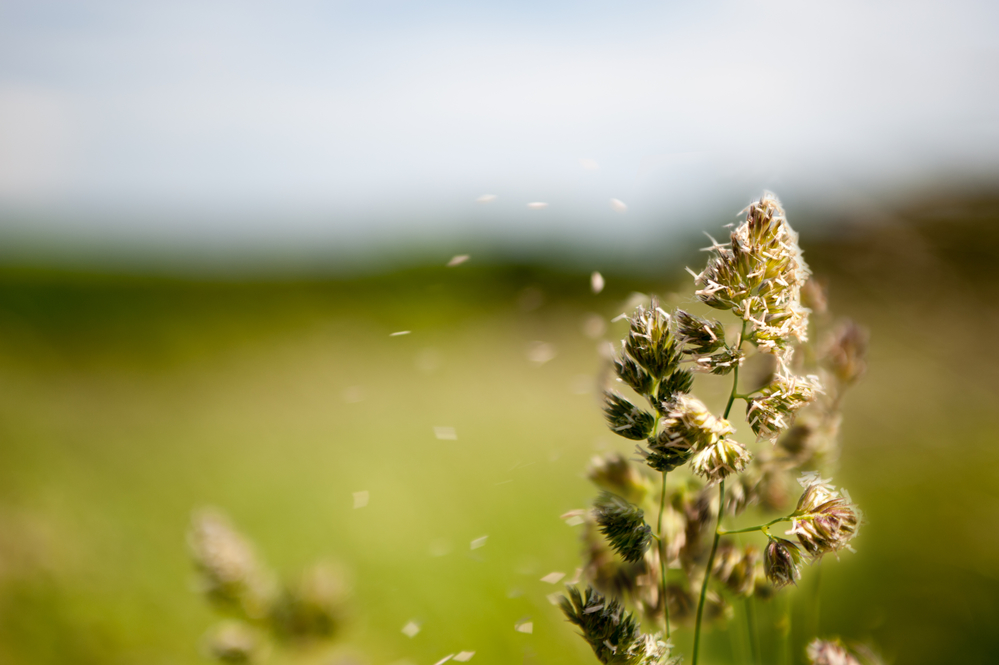
Disclaimer: in this post I mention products I received for free from Moms Meet (momsmeet.com) to use and post my honest opinions. Compensation was provided and this page may contain affiliate links.
I never used to suffer from seasonal allergies!
No, that was a surprise gift my body gave me in my late 30s that I never asked for, along with a slowing metabolism, a knee that audibly complains, and an inability to sleep more than five hours in a row. (It also gave me the puffy curls I craved back when perms were cool, now that sleekly straight hair is the thing. I digress.)
I only realized I had allergies a few years ago, when Facebook started showing your posts from previous years on this day. Every year around the same time, I would mention that I’d been mildly sick for forever: sneezing constantly, swollen eyes and so forth. It never occurred to me that allergies were the culprit because, well, I didn’t think I had allergies.
I’ve read that this year has been/will be particularly miserable for allergy sufferers, since we had a relatively mild winter. And I can confirm that’s already been the case for me:
- my sinuses feel like the inside of a cement mixer
- I mess up my eye makeup on the regular because I mindlessly rub away at my itchy eyes
- I went for weeks only being able to hear out of one ear, and
- sometimes when I wake up in the morning the inside of my eyelids are stuck to my eyeballs, making me momentarily panic that I have pinkeye (which I did have earlier this spring: it felt like I had sand in my eyes, and I looked like I was auditioning to be a Garbage Pail Kid. Did you even know you could get allergy related pinkeye? Because that was news to me).
It’s gross and frankly rude.
I don’t like to take allergy medicine (or any meds really) because they either make me feel spacey or tired or keyed up, although I did relent during the whole clogged ear/pinkeye business. But I do want to keep my symptoms at bay as much as possible to avoid going through that again.
So it felt like Christmas when I opened a box of goodies from Similasan, as part of a blogger program with Moms Meet.
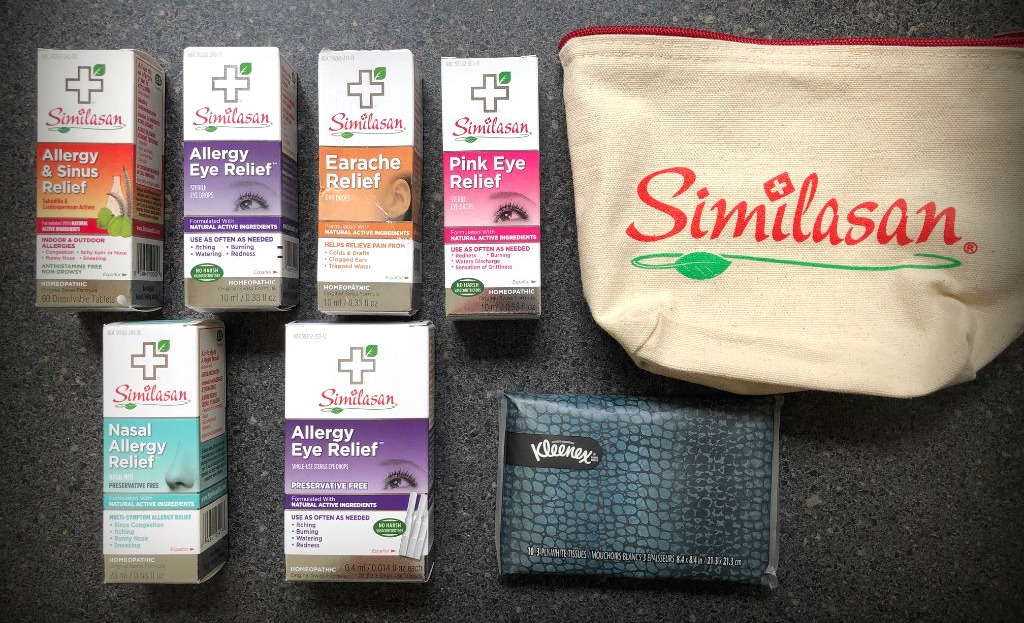
Similasan started in Switzerland in 1980, grew popular across Europe and I think their natural remedies are pretty well known and established here in the US at this point— you’ve probably noticed them on the shelves at your pharmacy or grocery store. They provide temporary allergy symptom relief by stimulating your body’s defenses with natural active ingredients: for instance, the Similasan Allergy Eye Relief is formulated with Eyebright flowers and Sabadilla Lily, as opposed to using antihistamines or vasoconstrictors (these work by constricting your blood vessels, so they’re not recommended for frequent use. You can AND YOU BETTER BELIEVE I DO use Similasan Allergy Eye Relief as often as needed).
What that means is I’m able to go out in public without looking like angry Tom Ellis:
Don’t get me wrong, I love me some Tom Ellis and you should go watch all four seasons of Lucifer on Netflix immediately if you haven’t already. I just don’t need to look like I’m beaming hellfire through my eyeballs, it scares the children.
My eyes feel much better, in that I don’t regularly notice how much my eyes are bugging me anymore, and I haven’t had to unpeel my eyelids from my eyeballs in weeks, and boy did I never predict that one day the simple act of not having to think about my eyeballs would bring me such bliss.
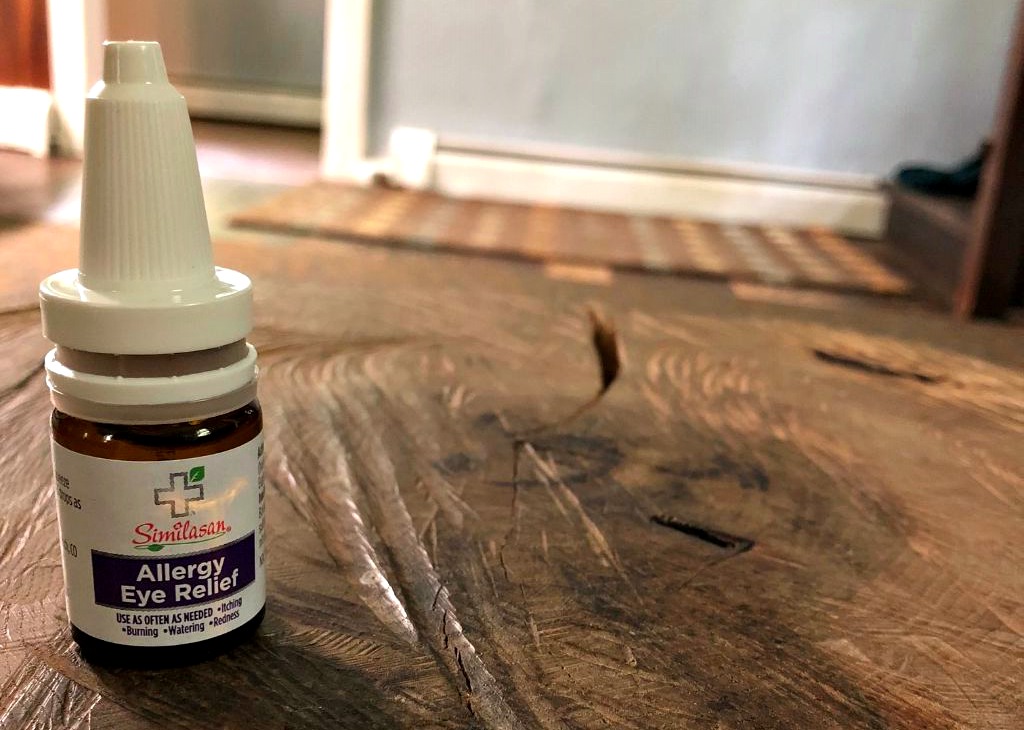
You can print out a coupon for any Similasan product here; see who carries their products nearest you here. I’d suggest stocking up your medicine cabinet so you have what you need on hand when symptoms first strike!
Now, obviously, the easiest way to avoid allergy symptoms entirely is to stay indoors with the ac and an air purifier running. But I’ve been anxiously waiting to feel that spring sunshine on my face after dealing with seasonal affective disorder all winter, so that’s just not going to happen.
Here are some practical tips to help keep allergy misery at a minimum:
- wear sunglasses and a hat when you spend time outside, and get changed when you get home
- shower and shampoo at night so you’re not taking pollen to bed with you
- if you line dry, throw your clothes in the dryer for at least a couple minutes to minimize pollen
- wipe your dog down before giving pats, if he’s been outside
- wash your bedsheets or at least your pillowcase frequently
- check the pollen counts before leaving the house (pollen.com has an app, My Pollen Forecast is well-reviewed). If it’s a particularly pollen-laden day, be sure to pack your eye drops and nasal spray and opt for indoor workouts— I used to sneeze incessantly for HOURS whenever CrossFit had us run outside.
Don’t forget that pets can suffer from seasonal allergies too! You’ll want to talk to your vet about the best methods for alleviating their symptoms. I know it’s time to give Karma a little something when she starts chewing on her grinch feet.
Feel better and GET OUTSIDE!
